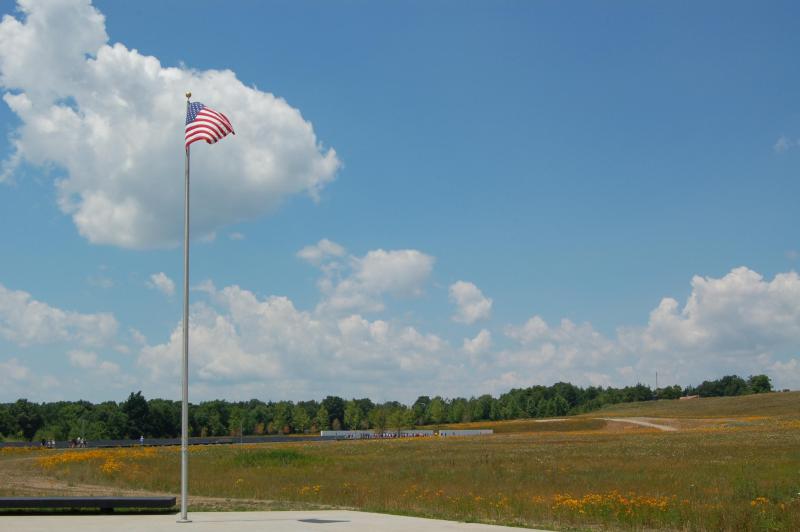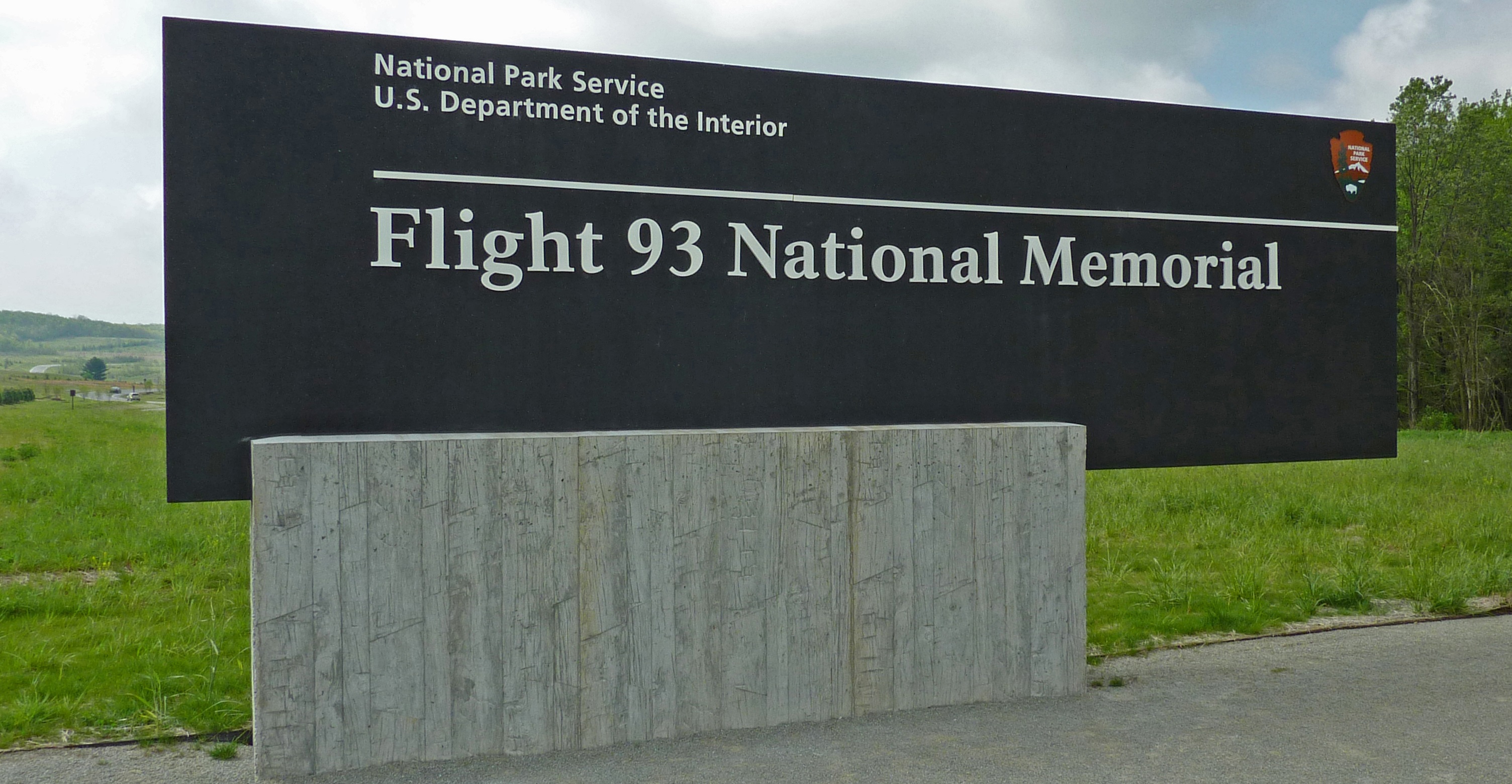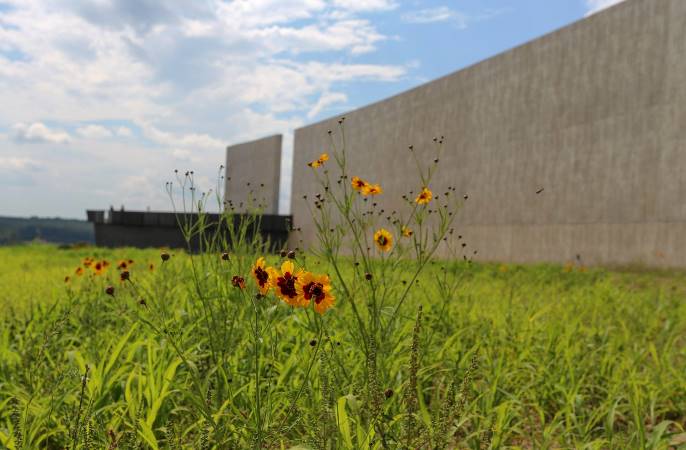9/11.
Nine-eleven.
September 11.
For sixteen years, 9/11 – two simple numbers spoken consecutively – have become synonymous with the murder of nearly 3,000 people on American soil and the terror, shock, sorrow and dread that assaulted all of us in some manner on that Tuesday morning, September 11, 2001.
The fires that raged inside the World Trade Center towers and Pentagon seared the specter of domestic terrorism – no longer a remote possibility – but now an unthinkable reality, into our fears. The fires that ultimately toppled the towers further burned unwanted, indelible images permanently into our minds, unspeakably appalling memories that will not go away when we close our eyes.
In Pittsburgh, the Penguins were about to begin preseason training camp, trying to acclimatize to life without former captain Jaromir Jagr, the best player in hockey at the time, traded earlier that summer. Eighty miles east, in idyllic Somerset County, the tiny town of Shanksville would become synonymous with both the tragedy and heroism of 9/11.
 That morning, United Airlines Flight 93 ascended into the skies above Newark, New Jersey carrying seven crew members, 33 passengers and 4 hijackers, destined for San Francisco. Minutes later, the first strike on the World Trade Center occurred. By the time the terrorists seized control of Flight 93 and turned the plane back east, the second tower had been struck and another plane was headed towards the Pentagon. Most likely, the terrorists wanted to also steer Flight 93 to Washington to crash into the White House or Capitol.
That morning, United Airlines Flight 93 ascended into the skies above Newark, New Jersey carrying seven crew members, 33 passengers and 4 hijackers, destined for San Francisco. Minutes later, the first strike on the World Trade Center occurred. By the time the terrorists seized control of Flight 93 and turned the plane back east, the second tower had been struck and another plane was headed towards the Pentagon. Most likely, the terrorists wanted to also steer Flight 93 to Washington to crash into the White House or Capitol.
But Flight 93 never hit its Washington target. After several frantic, quick phone calls from the back of the plane to airline personnel or family members on the ground, the crew and passengers were told what had already happened and suddenly realized the intended fate of their plane. Despite the extreme circumstances, some of the hostages hastily devised a plan to stand up to the terrorists and re-take control of the cockpit. Penguins Vice President of Communications Tom McMillan, an avid historian, described their courage and decisiveness in his 2014 book “Flight 93: The Story, the Aftermath, and the Legacy of American Courage on 9/11“.
[A] group of patriots as brave as any who had fought at Yorktown or Gettysburg or Normandy charged the hijackers and battered their way to the cockpit. They didn’t quite succeed in seizing control of the aircraft, but in many ways they won the battle in the skies over western Pennsylvania that morning. The ferocity of the counterattack so unnerved the hijacker pilot that he either lost control of the plane or purposely crashed it, plunging upside-down into a field in rural Somerset County. Citizen-soldiers from the United States had fought back, the Capitol still stood, and countless lives on the ground were saved.
In their sacrifice, the 40 crew and passengers who perished likely saved thousands of lives in Washington.

The NHL mourned on 9/11 for two of its family members who died on one of the hijacked planes.
Garnet “Ace” Bailey, 53, director of pro scouting for the Kings, was on United Airlines Flight 175 travelling from Boston to Los Angeles for the start of the preseason. Bailey had also scouted for several Stanley Cup winning teams in Edmonton. His playing career started with Boston where he won the Cup as a teammate of Bobby Orr and ended in the WHA as a linemate of a rookie named Wayne Gretzky. Flight 175 struck the south tower of the World Trade Center. After his death, his family created a foundation in his name to raise funds for children’s hospitals.
On the same flight, Mark Bavis, 31, an assistant scout under the supervision of Bailey, also died. Bavis played for four years at Boston University, earning the team spirit award twice and helped his team win one Hockey East Championship. He also played in the NCAA Championship game in his sophomore season. His aptitude for mentorship was recognized after his playing days when he landed assistant coaching positions at two Ivy League schools, Brown and Harvard, before he moved on to positions in pro hockey. Now, the Mark Bavis Leadership Foundation grants scholarships to Massachusetts high school students who “excel in their quest to improve themselves, their school or their community.”
Hours after Flight 93 crashed, observing the situation in Shanksville, Pennsylvania Governor Tom Ridge asked, “How do you explain to kids? How do you explain to my two children? How do you explain to America’s children? There is no rational answer.”
Sixteen years later, we still struggle to fully make sense of the events of 9/11.
Add The Sports Daily to your Google News Feed!
